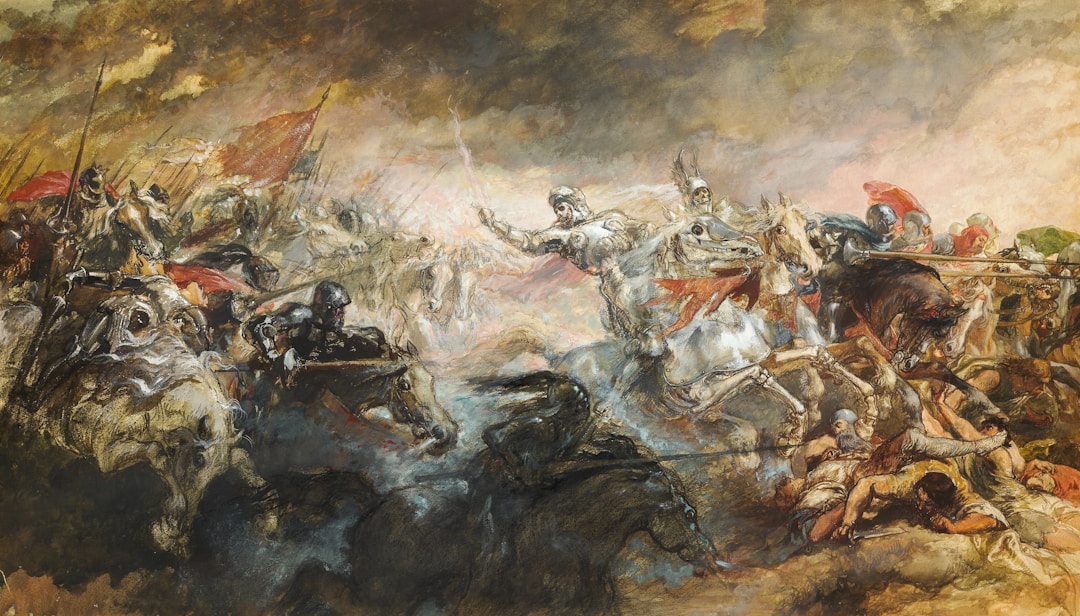Using AI to transcribe and understand personal voice notes

I've been using AI in a cool new way recently. I've been recording my thoughts throughout the day and getting an AI to write them down for me. This might seem basic, but it can do a lot more than you'd think.
So, what does a day using AI like this look like? Well, let's say I have a bunch of thoughts that I want to remember. Rather than letting them slip away, I just hit record and start talking. I don't worry about speaking super clearly or using fancy words. I just say what's on my mind.
Then, I use AI to turn these recordings into written words. Sure, the AI might make a mistake here or there, but it usually gets what I'm saying pretty well. It's right about 75-80% of the time.
What's really neat is that I can then use these written words - which I call "Transcribed Audio" - to get the AI to do even more stuff. For instance, I can ask it to help me sort out the words into something that makes sense.
Using AI this way has really made a difference in my daily life. It helps me make sense of my ideas, come up with new ones, or even help me write stuff like this! Plus, the AI gets to know me better because it's using my words, so it gives me responses that fit me better.
How the Process Works
Recording Phase
I capture my thoughts or ideas via my phone, making the input raw and unfiltered. This authenticity is the beauty of these recordings - they capture my natural speech patterns, pace, and unique expressions.
Transcription Phase
The next step involves transcribing these recordings through AI. While the process may introduce some errors due to the spontaneous nature of speech, the technology is sophisticated enough to capture around 75-80% of my intentions effectively.
Input Variable Creation
The transcribed content serves as an 'input variable,' a crucial element in the interaction with AI systems. This variable, referred to as "Transcribed Audio," transforms static transcriptions into dynamic inputs that can be utilized for multiple purposes.
AI Interaction
The transcriptions can be used to communicate with AI models. For example, I can ask an AI model like GPT to help organize or analyze the content within the 'Transcribed Audio' variable.
Interaction Prompts
For more clarity, here are the refined prompts you can use in your interactions with the AI:
Introduction: "I've captured some thoughts using my phone's voice recorder. This audio was then transcribed by an AI, so bear in mind the transcription might not be perfect."
AI Request: "AI, I need your assistance in organizing the content enclosed within the 'Transcribed Audio' variable."
Transcribed Audio: "{Transcribed Audio: Insert Transcribed Content Here}"
These prompts keep the essence of your original intentions while maintaining a clear and easy-to-understand request for the AI.
Benefits and Applications
This approach offers several practical applications. From refining ideas and brainstorming new concepts to assisting in content creation, the process has led to significant improvements in my daily life. More importantly, using transcriptions as inputs allows AI to better understand me, providing more personalized and useful responses.
Conclusion
In essence, using AI to transcribe and understand personal audios has enormous potential. It not only aids in documenting fleeting thoughts but also enhances our interaction with AI. As we continue to explore the capabilities of AI, who knows what exciting possibilities we may uncover in the future?
This comprehensive guide provides a practical approach to integrating AI into daily life. The potential for enhancing personal and professional communication is immense and continues to expand with advancements in AI.
See more posts



















